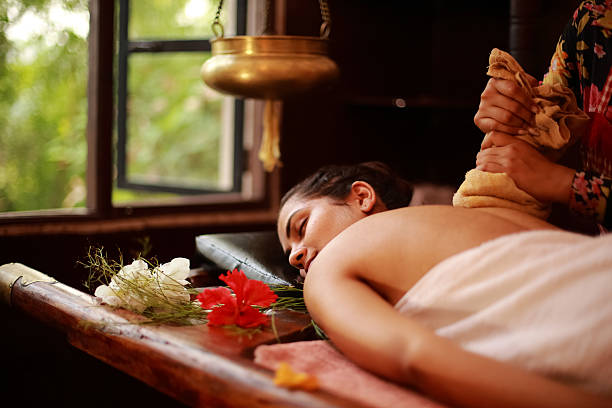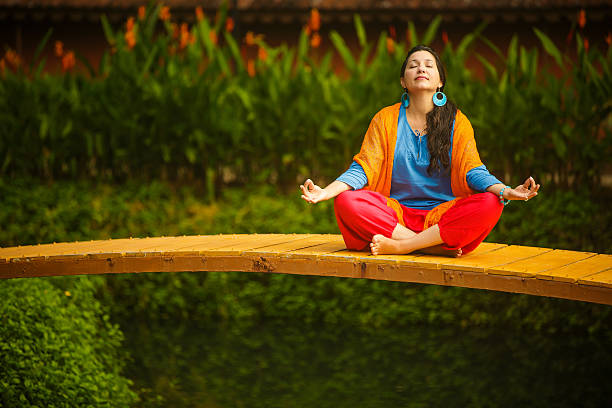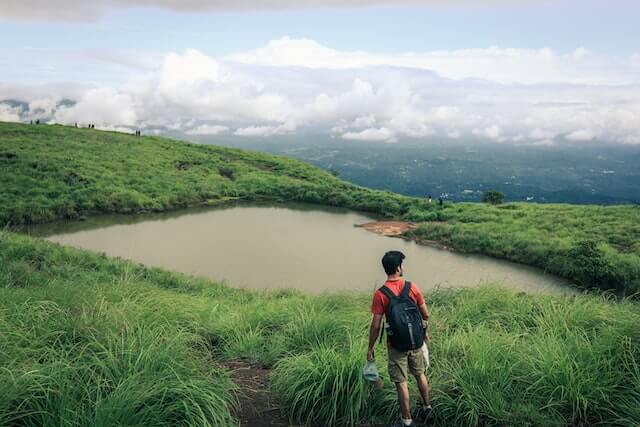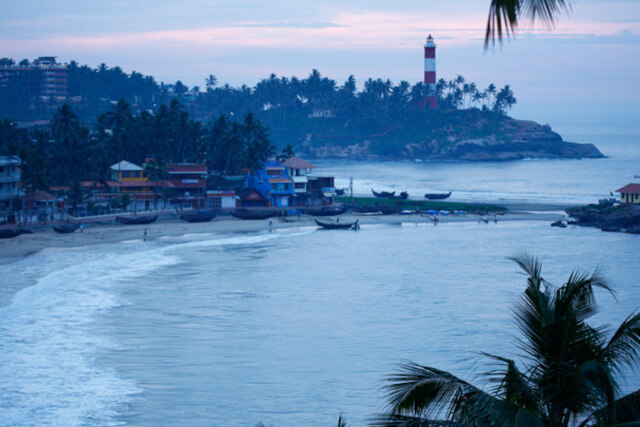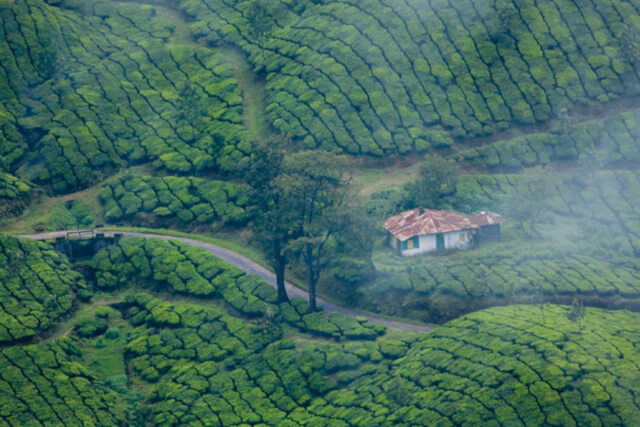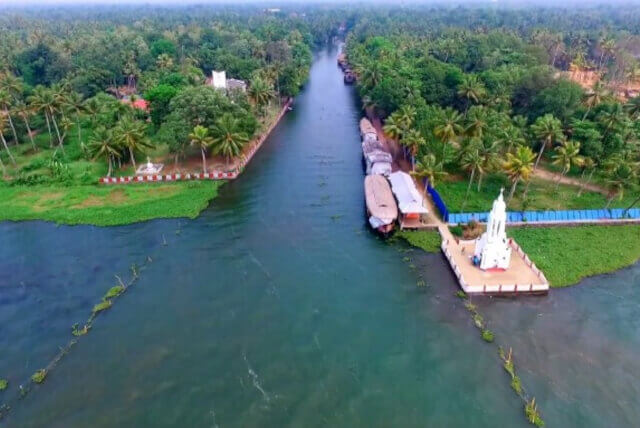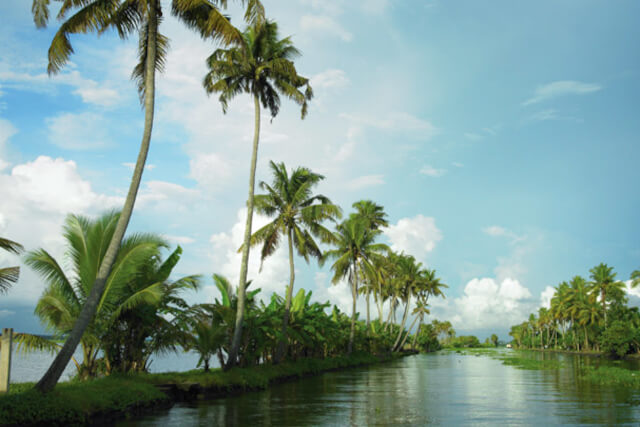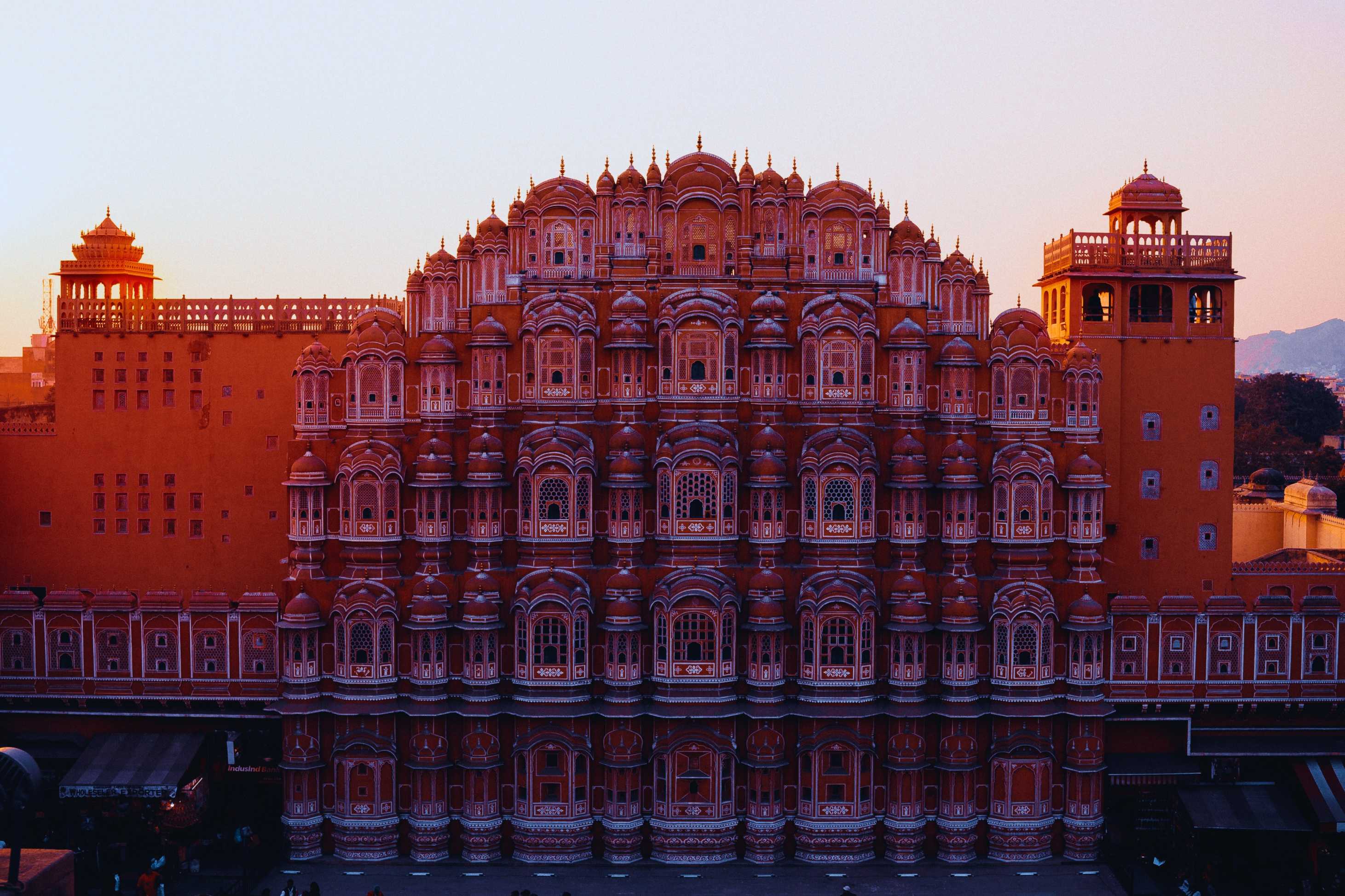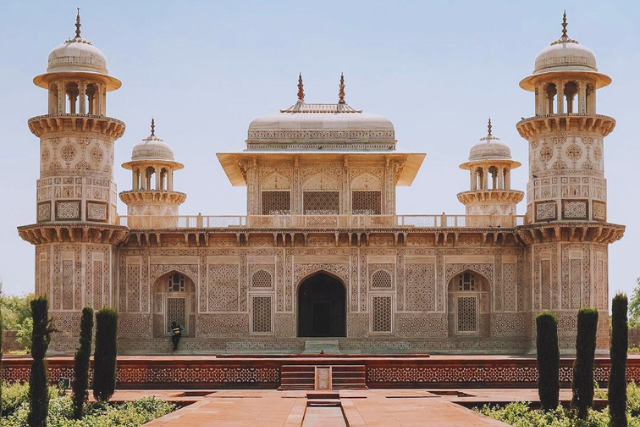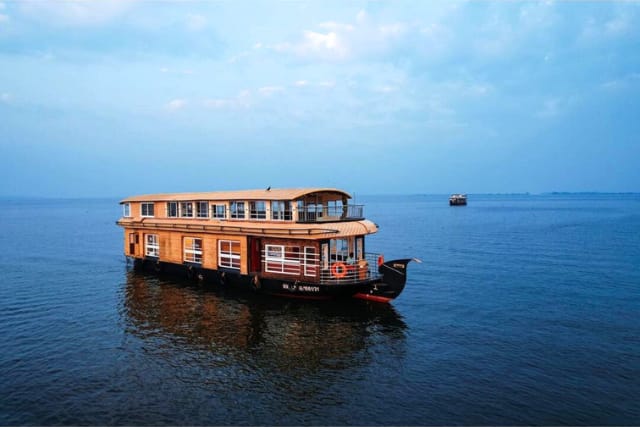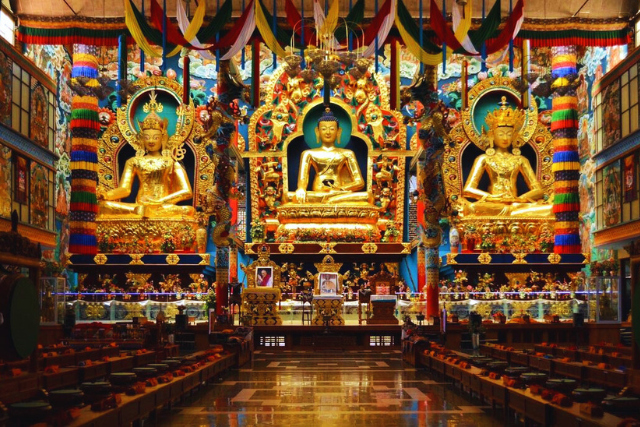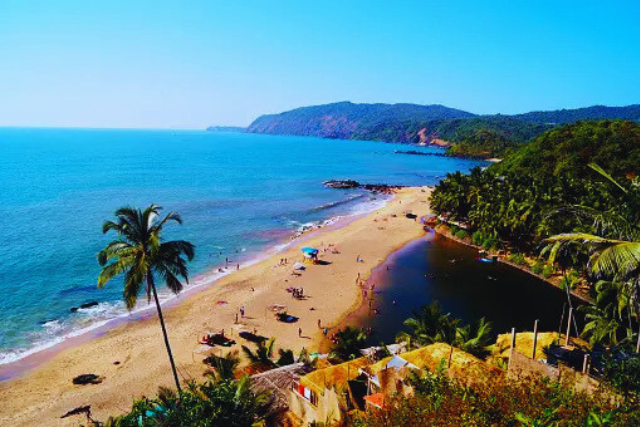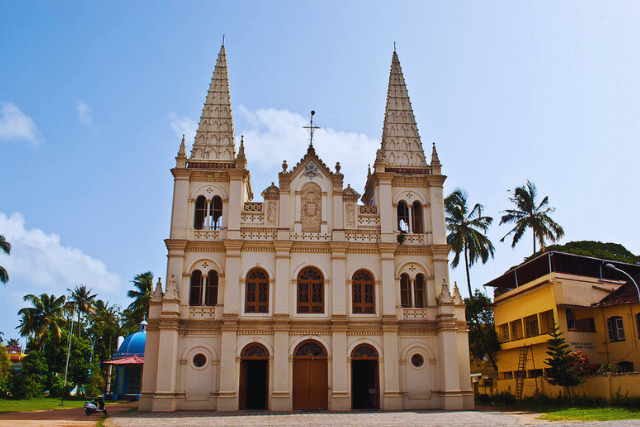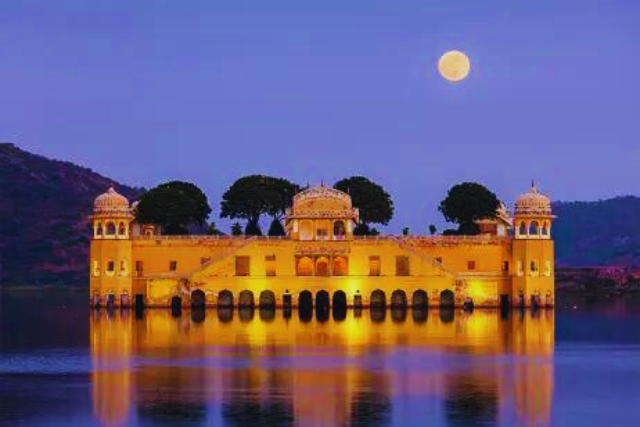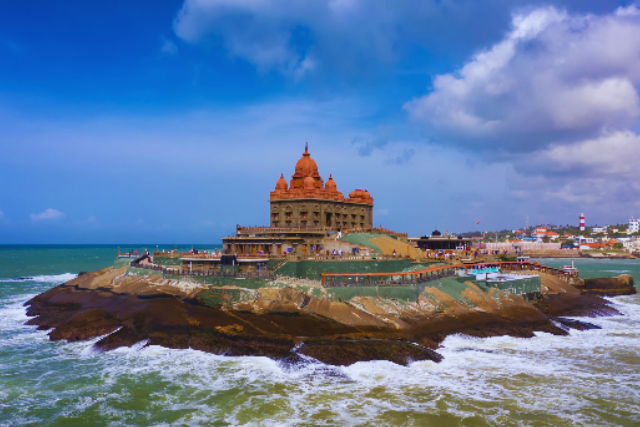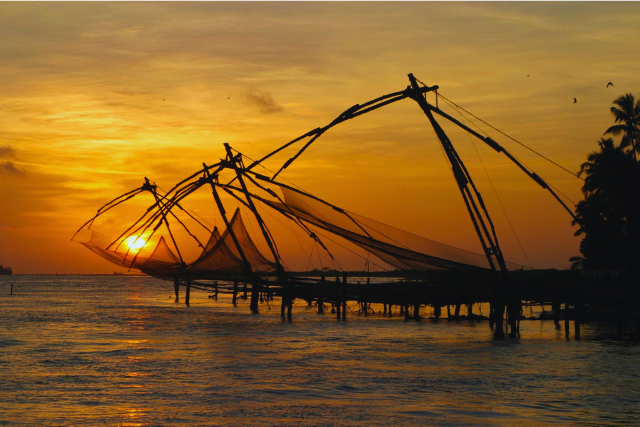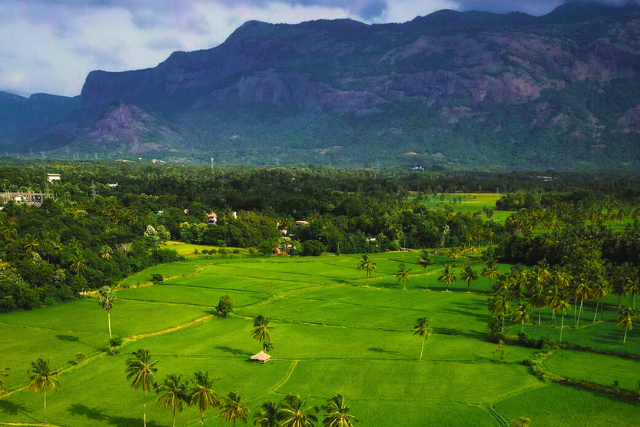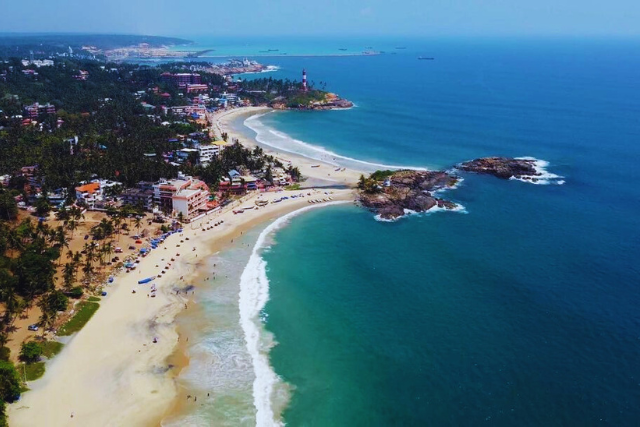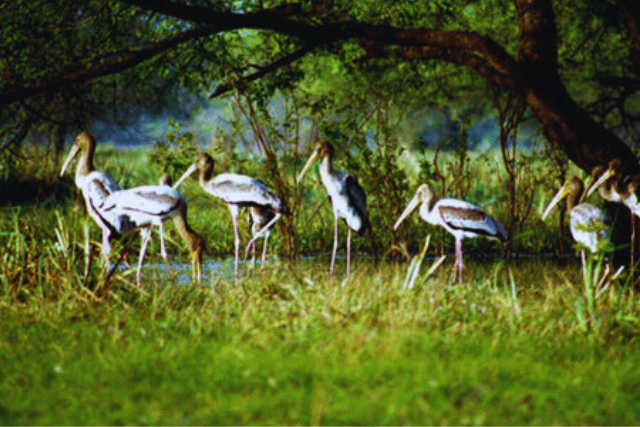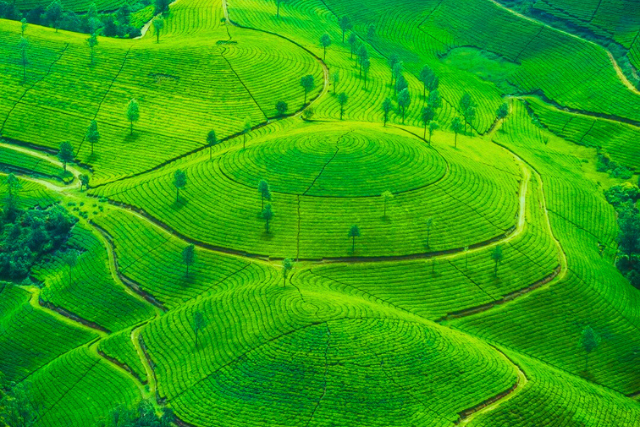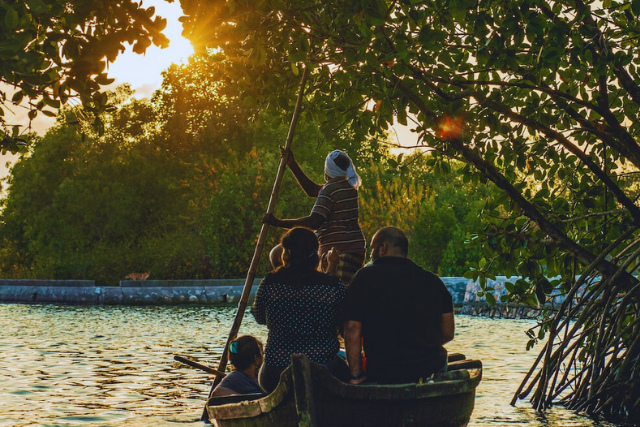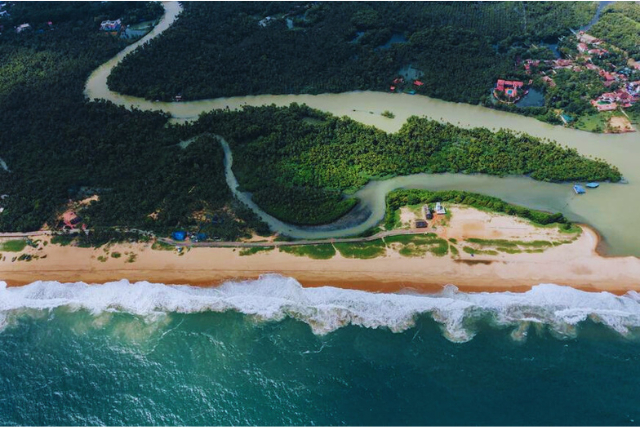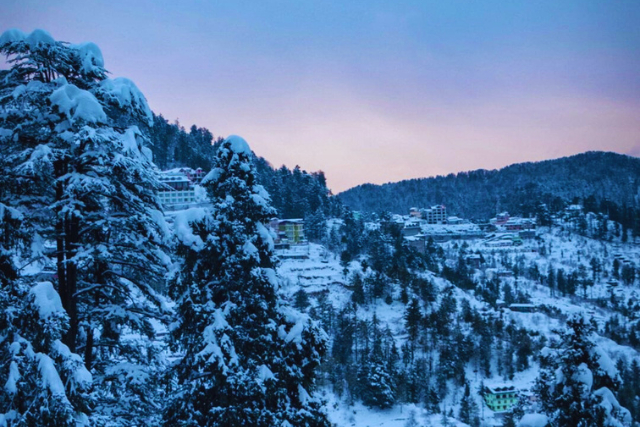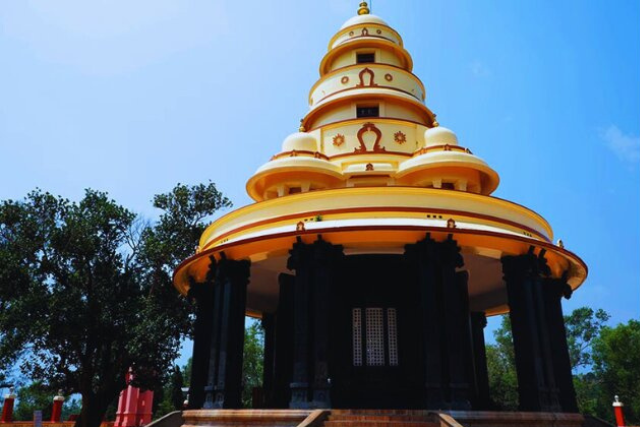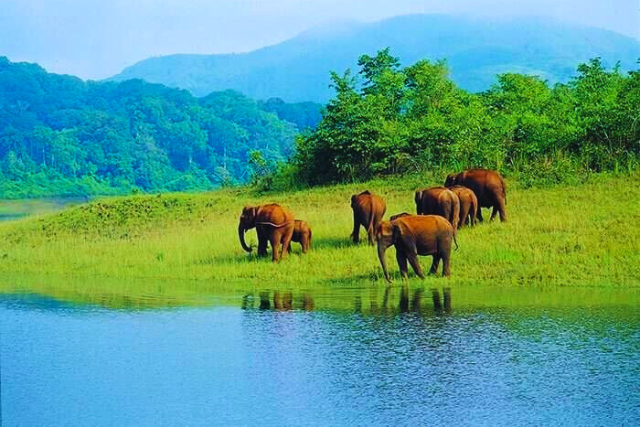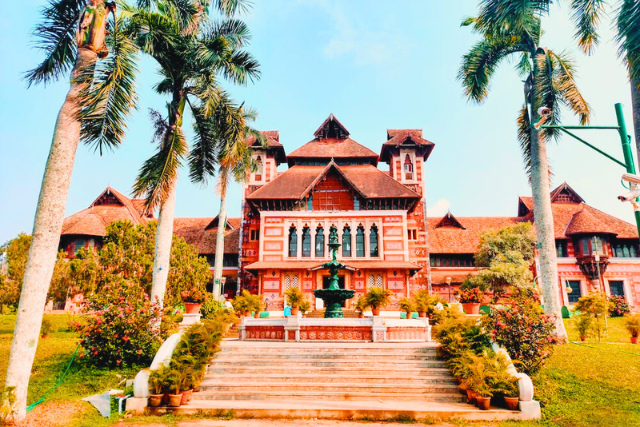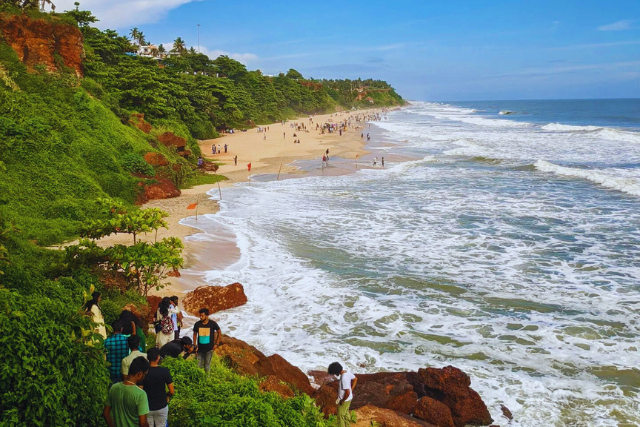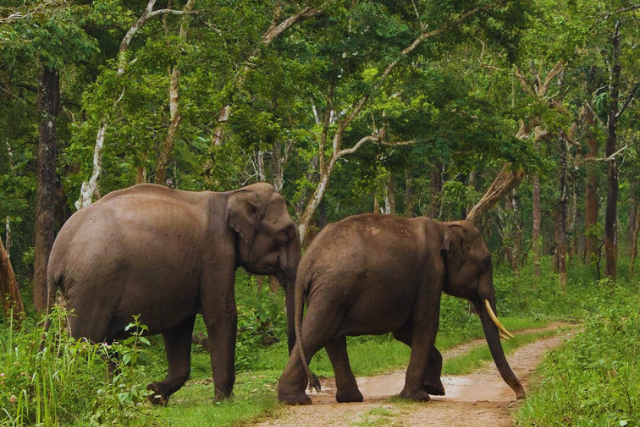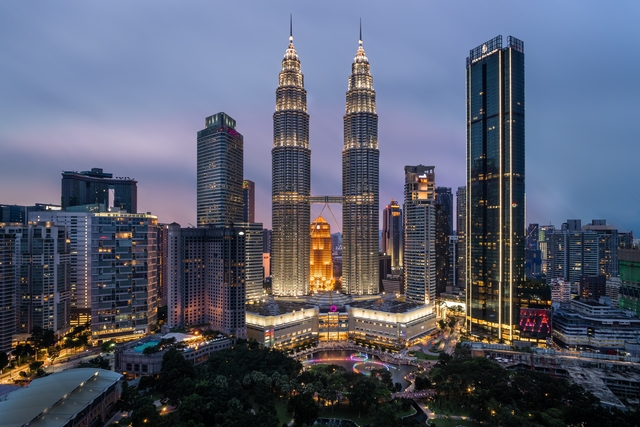Explore Incredible INDIA
Choose Your Experience
Frequently Asked Questions
What is the best time to travel to India?
The diverse topography of India comprises mountains, beaches, and deserts. The large size of the country also blesses it with different climatic conditions, which means that, while some places in India may have the mercury rising in the summers, there are some, where the weather is cool and pleasant. Therefore, the best time to travel to India depends on the places a tourist would like to visit in the country. However, it is also safe to say that the winter season (October - March) is mostly preferred by the tourists while visiting India. For wildlife sightings, both summer (March-mid June) and winter seasons are favourable. While the winter season is best for sighting animals basking in the sun during the day time, summer is the time when they can be seen frequently paying a visit to the water holes.
What kind of clothes do I need to carry while traveling to India?
India has a diverse climate, so the type of clothing you should carry depends on the regions you plan to visit and the time of year. Light and breathable clothing is suitable for the hot and humid summers, while warmer clothing is essential for the colder winter months. Modest clothing is respectful in many Indian cultural contexts, especially when visiting religious sites. Carrying comfortable walking shoes and a hat for sun protection is also recommended. Don't forget to check the weather forecast for your specific destinations before packing
How to apply for E-Tourist Visa for India?
The Government of India offers E-Visa to citizens of eligible countries, including the United States of America. Detailed information about the e-Tourist Visa scheme is accessible on the dedicated website: e-Visa - India Visa Online
International travellerss visiting India for recreational purposes, sightseeing, casual visits to friends and relatives, attending short-term yoga programs, seeking medical treatment (including Indian systems of medicine), business purposes, and attending conferences/seminars/workshops organized by Indian government entities can apply for the e-Tourist Visa. For e-Tourist applicants should apply online at least 4 days in advance of their planned arrival date.
The e-Tourist Visa offers three sub-categories based on validity:
30-day e-Tourist Visa (available during July to March): US$ 25.00
30-day e-Tourist Visa (available during April to June): US$ 10.00
One-year e-Tourist Visa: US$ 40.00
Five-year e-Tourist Visa: US$ 80.00
International travellerss visiting India for recreational purposes, sightseeing, casual visits to friends and relatives, attending short-term yoga programs, seeking medical treatment (including Indian systems of medicine), business purposes, and attending conferences/seminars/workshops organized by Indian government entities can apply for the e-Tourist Visa. For e-Tourist applicants should apply online at least 4 days in advance of their planned arrival date.
The e-Tourist Visa offers three sub-categories based on validity:
30-day e-Tourist Visa (available during July to March): US$ 25.00
30-day e-Tourist Visa (available during April to June): US$ 10.00
One-year e-Tourist Visa: US$ 40.00
Five-year e-Tourist Visa: US$ 80.00
What are the common ways to travel around India?
India has diverse transportation options and unique modes of travel.
Some of the most common ways to get around India are:
Domestic flights provide quick connections between major cities, while Indian Railways offers an extensive and cost-effective train network. Buses, including state-run and private options, cover short and long distances, though they can be time-consuming. Many cities have efficient metro systems and local trains, while taxis, auto-rickshaws, and app-based ride services are common for short city trips. Ferries, boats, and unique modes like cycle-rickshaws offer transportation in coastal and water-rich regions. Walking and cycling work well in smaller areas, and cultural experiences like camel rides and shikara rides add to the diversity. Consider your preferences and the specific region to choose the best mode for your journey through India's captivating landscapes and cultures.
Some of the most common ways to get around India are:
Domestic flights provide quick connections between major cities, while Indian Railways offers an extensive and cost-effective train network. Buses, including state-run and private options, cover short and long distances, though they can be time-consuming. Many cities have efficient metro systems and local trains, while taxis, auto-rickshaws, and app-based ride services are common for short city trips. Ferries, boats, and unique modes like cycle-rickshaws offer transportation in coastal and water-rich regions. Walking and cycling work well in smaller areas, and cultural experiences like camel rides and shikara rides add to the diversity. Consider your preferences and the specific region to choose the best mode for your journey through India's captivating landscapes and cultures.
What's the tipping etiquette in India?
Tipping etiquette in India varies depending on the situation and location. While not always obligatory, it's generally welcomed for good service. Restaurants usually see 10%-15% tips when service charges are absent; upscale ones may already include charges. For hotel staff, tipping is standard. Porters receive ₹20-₹50 per bag; daily housekeeping is about ₹50-₹100. Tipping isn't common for taxi/auto-rickshaw drivers, yet rounding fares up is courteous. Guides can get ₹200-₹500/day; drivers ₹100-₹300/day, based on service quality. Spas may appreciate 10% tips if charges aren't included. Small local services don't often require tips but rounding bills is friendly. In India, it's common to offer small tips directly to the person providing the service. While there isn't a fixed amount for every situation, the suggested amounts mentioned earlier can serve as a general guideline.
Read More...
Customer Stories
James George
The vaccation was well organized by Big Indian Tours so that we could travel and visit places tension free with out any inconveniences in travel stay and food arrangements.The season and timings were very well organised.Everything was provided at maximum VALUE for money spent quite economically.
Deepa Sajith
Had a lovely travel experience to Munnar with family. Thank you Arun Raj and Big Indian tours for the travel arrangements.
Aced G
Can highly recommend. Used their services during my trip to Kerala, and they helped me a lot with organization and planning the tours in to the hills area, there. Friendly driver, good comfortable cars, all our needs were listened and fulfilled. Price was also good.
India's Top Destinations Of This Season
Explore India
Geography and Landscapes: India boasts a diverse range of landscapes, from the towering Himalayan mountains in the north to the tropical beaches of the south. The fertile plains of the Ganges and Yamuna rivers are home to some of the most densely populated regions in the world. The Thar Desert in the west contrasts with the lush forests in the northeast. India is also home to numerous rivers, including the Ganges, Brahmaputra, and Indus.
Arts and Entertainment: India has a rich tradition of art, music, dance, and cinema. Classical music forms like Hindustani and Carnatic music have a long history. Classical dance forms like Bharatanatyam, Kathak, Odissi, and more are celebrated for their grace and complexity. Bollywood, the Indian film industry based in Mumbai, produces a vast number of films every year and has a significant global following.
Cultural Diversity: India is incredibly culturally diverse, with a rich tapestry of languages, religions, traditions, and cuisines. It is home to various ethnic groups and communities, with different languages spoken in different regions. Major religions such as Hinduism, Islam, Christianity, Sikhism, Buddhism, and Jainism originated or have significant followings in India.
Historical Significance: India has a long and intricate history that dates back thousands of years. It was the birthplace of ancient civilizations, including the Indus Valley Civilization. Over the centuries, India saw the rise and fall of various dynasties and empires, including the Maurya, Gupta, Mughal, and British empires. The struggle for independence led by Mahatma Gandhi and other freedom fighters culminated in India gaining its independence from British colonial rule in 1947.
Cuisine: Indian cuisine is renowned for its diversity and flavours. Each region has its own speciality dishes and cooking styles. Common ingredients include rice, lentils, vegetables, and a variety of spices. Popular dishes include biryani, curry, dosa, samosa, and a wide range of sweets like gulab jamun and jalebi.
Natural Beauty: India offers diverse landscapes, from the stunning beaches of Goa to the picturesque backwaters of Kerala. The Himalayan range in the north provides opportunities for trekking and mountaineering, while the deserts of Rajasthan offer a unique desert experience.
Wildlife and Nature: India is home to a variety of wildlife, with several national parks and wildlife sanctuaries. The Royal Bengal Tiger can be spotted in places like Ranthambore National Park and Jim Corbett National Park. Keoladeo National Park is a UNESCO World Heritage Site and a haven for birdwatchers.
Spiritual Destinations: India is known as the birthplace of several major religions, making it a significant destination for spiritual seekers. Varanasi, situated on the banks of the Ganges River, is a sacred city for Hindus. The city of Amritsar is home to the Golden Temple, a holy site for Sikhs. Bodh Gaya is where Siddhartha Gautama attained enlightenment, giving rise to Buddhism.
